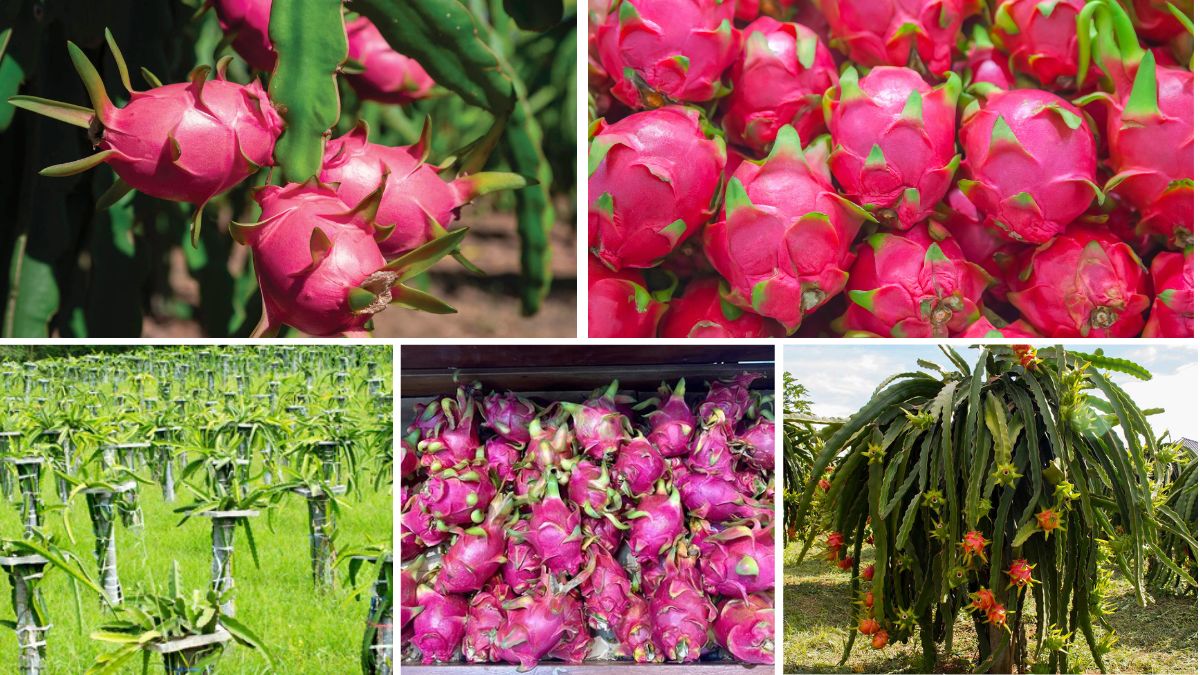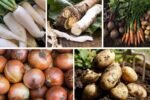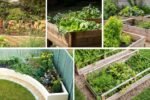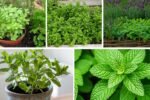Dragon fruit (Hylocereus spp.), commonly known as pitaya, is a tropical cactus celebrated for its vibrant, star-shaped fruit and stunning nocturnal flowers. Its climbing vine-like growth habit makes structural support essential for healthy development and optimal fruit production. Proper support and training not only prevent stem breakage but also enhance air circulation, sunlight exposure, and flowering, all of which are crucial for maximizing yield. This guide provides a comprehensive approach to supporting and training dragon fruit vines, ensuring both robust growth and high-quality fruit.
1. Understanding the Growth Habit of Dragon Fruit
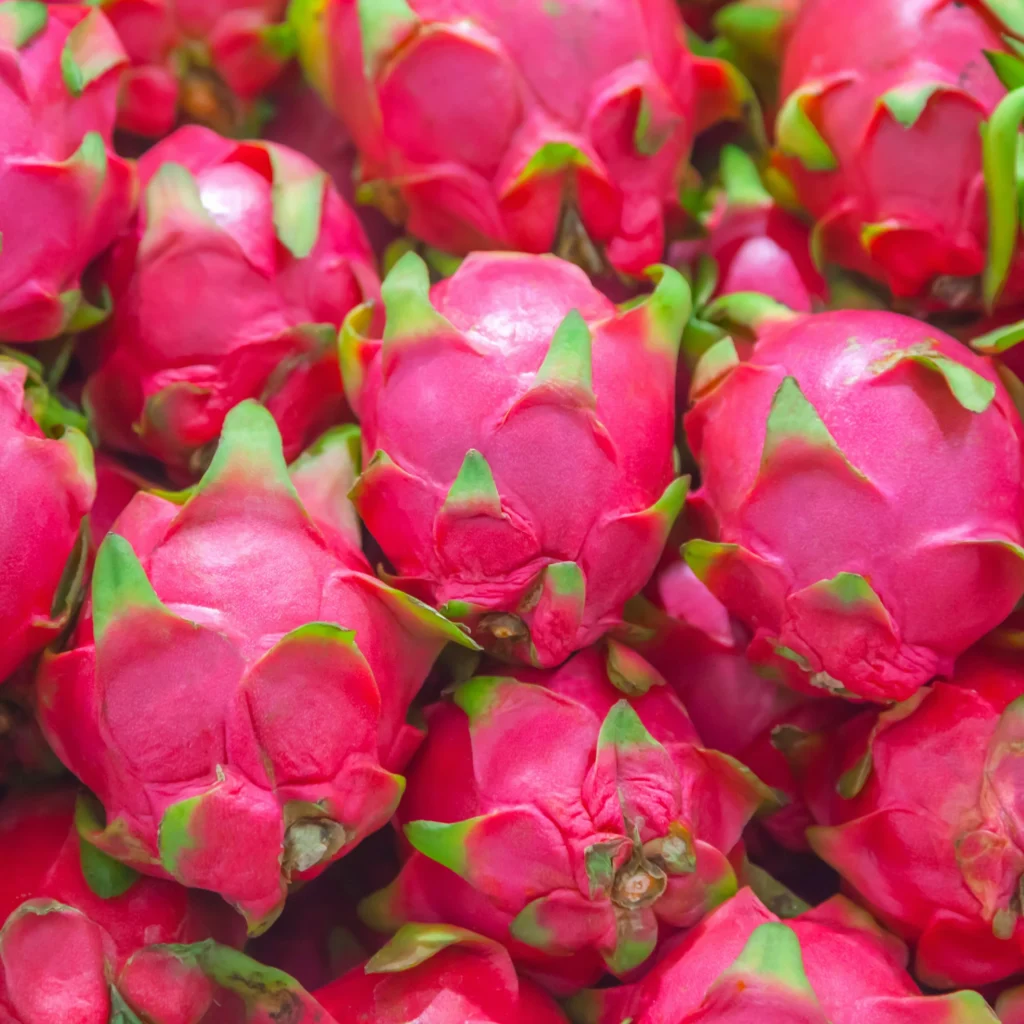
Dragon fruit is a climbing cactus, naturally growing as a vine with long, fleshy stems. Key characteristics of its growth:
- Climbing habit: Stems grow rapidly, seeking vertical or horizontal surfaces for support.
- Branching: Lateral branches emerge from the main stems, which may need guidance.
- Weight: Mature vines become heavy, especially when flowering and fruiting.
Without proper support, stems can break, reducing yield and potentially damaging the plant.
2. Choosing the Right Support Structure

Selecting an appropriate support system is critical for vine stability:
A. Vertical Stakes
- Materials: Wooden, bamboo, or metal stakes.
- Height: Minimum 6–8 feet (1.8–2.4 meters) for mature vines.
- Placement: Insert deep into the soil to withstand the weight of stems and fruits.
B. Trellises
- Types: Single or multiple vertical trellises, lattice panels, or wire frames.
- Benefits: Provides multiple attachment points for vines, improving air circulation and light penetration.
- Spacing: Place trellises 3–4 feet apart to allow ample room for lateral growth.
C. Posts with Horizontal Wires
- Design: Two sturdy posts with horizontal wires or crossbars for vines to climb.
- Advantages: Supports sprawling vines and facilitates easier fruit harvesting.
Tip: For container-grown plants, ensure the container is stable and heavy enough to prevent tipping under the vine’s weight.
3. Preparing the Plant for Support
Before attaching vines to a support:
- Inspect stems: Choose healthy, firm stems free from damage or disease.
- Prune excess growth: Remove weak, overcrowded, or damaged lateral branches to direct energy toward fruiting.
- Anchor the vine: Gently tie the main stem to the support using soft ties, garden twine, or cloth strips. Avoid tight knots that could damage the stem.
4. Training the Vine for Optimal Growth
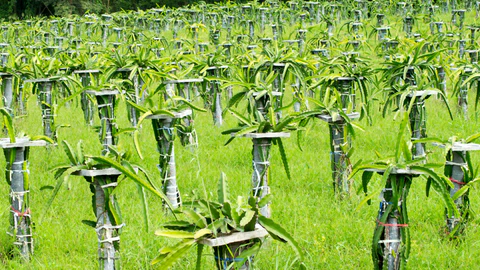
Training ensures efficient use of vertical space and improves yield:
A. Vertical Training
- Guide the main stem upward along the support.
- Secure every 6–12 inches (15–30 cm) to prevent leaning or snapping.
- Allow lateral branches to grow outward gradually.
B. Horizontal or Fan Training
- Spread lateral branches along horizontal wires or trellis surfaces.
- Maximizes sunlight exposure for all stems.
- Prevents overcrowding, which can reduce flowering and fruit set.
C. Spiral or A-Frame Training
- For limited space, wrap the vine around vertical posts in a spiral or train in an A-frame shape.
- Enhances vertical and horizontal growth simultaneously, optimizing flower and fruit distribution.
Tip: Regularly check and adjust ties to accommodate vine growth and prevent constriction.
5. Importance of Pruning for Support and Yield
Pruning is key to maintaining vine structure and enhancing fruit production:
- Remove old or damaged stems: Encourages new growth and reduces disease risk.
- Thin lateral branches: Improves air circulation and sunlight penetration.
- Control height: Prevents excessive stretching and maintains manageable vine length.
- Encourage fruiting branches: Focus energy on main stems and selected lateral branches that produce the most flowers and fruits.
Proper pruning ensures vines remain manageable, healthy, and highly productive.
6. Fertilization and Watering for Trained Vines
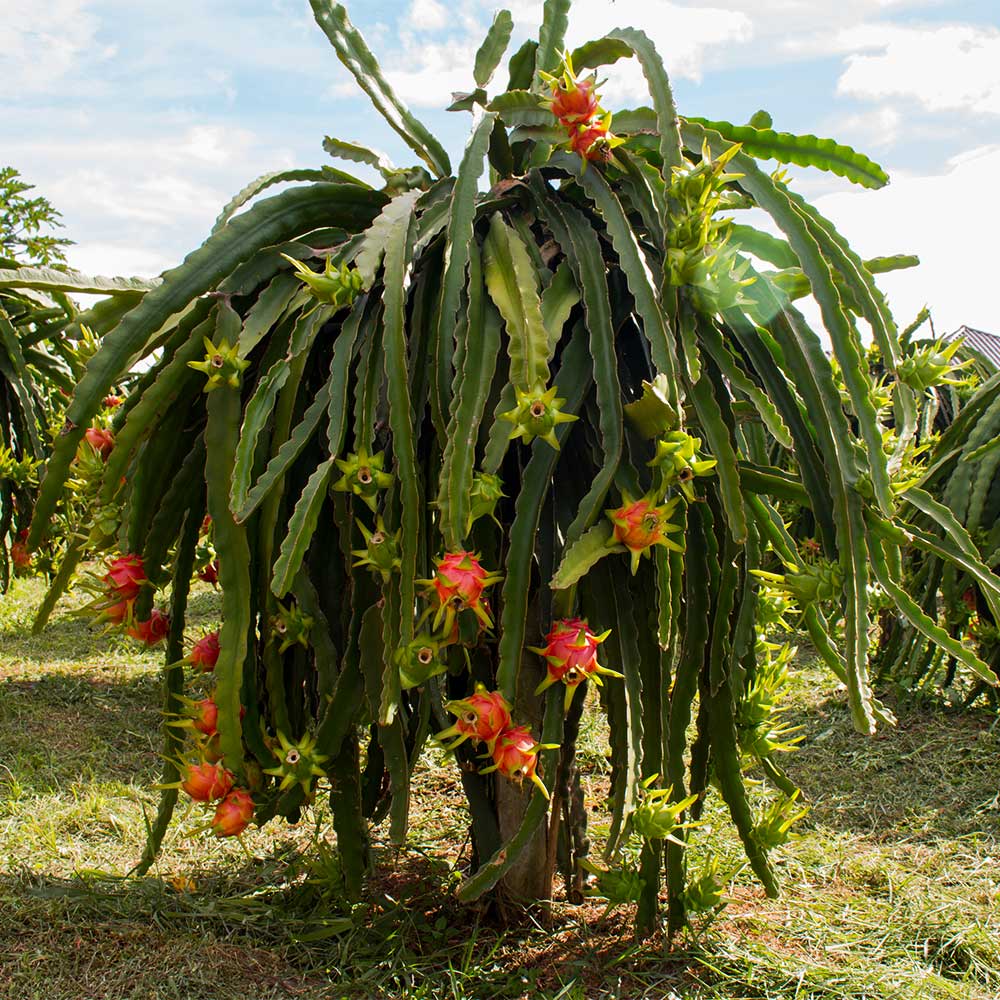
Well-supported vines require consistent nutrition and water:
- Fertilization: Use a balanced NPK fertilizer, switching to higher phosphorus and potassium ratios (e.g., 10:30:20) during flowering.
- Organic alternatives: Compost, well-rotted manure, or fish emulsion supports strong growth and fruiting.
- Watering: Water deeply once or twice a week, allowing the soil to dry slightly between watering. Avoid overwatering to prevent root rot.
Tip: Mulch around the base of the vine to retain moisture and regulate soil temperature.
7. Managing Flowering and Fruit Production
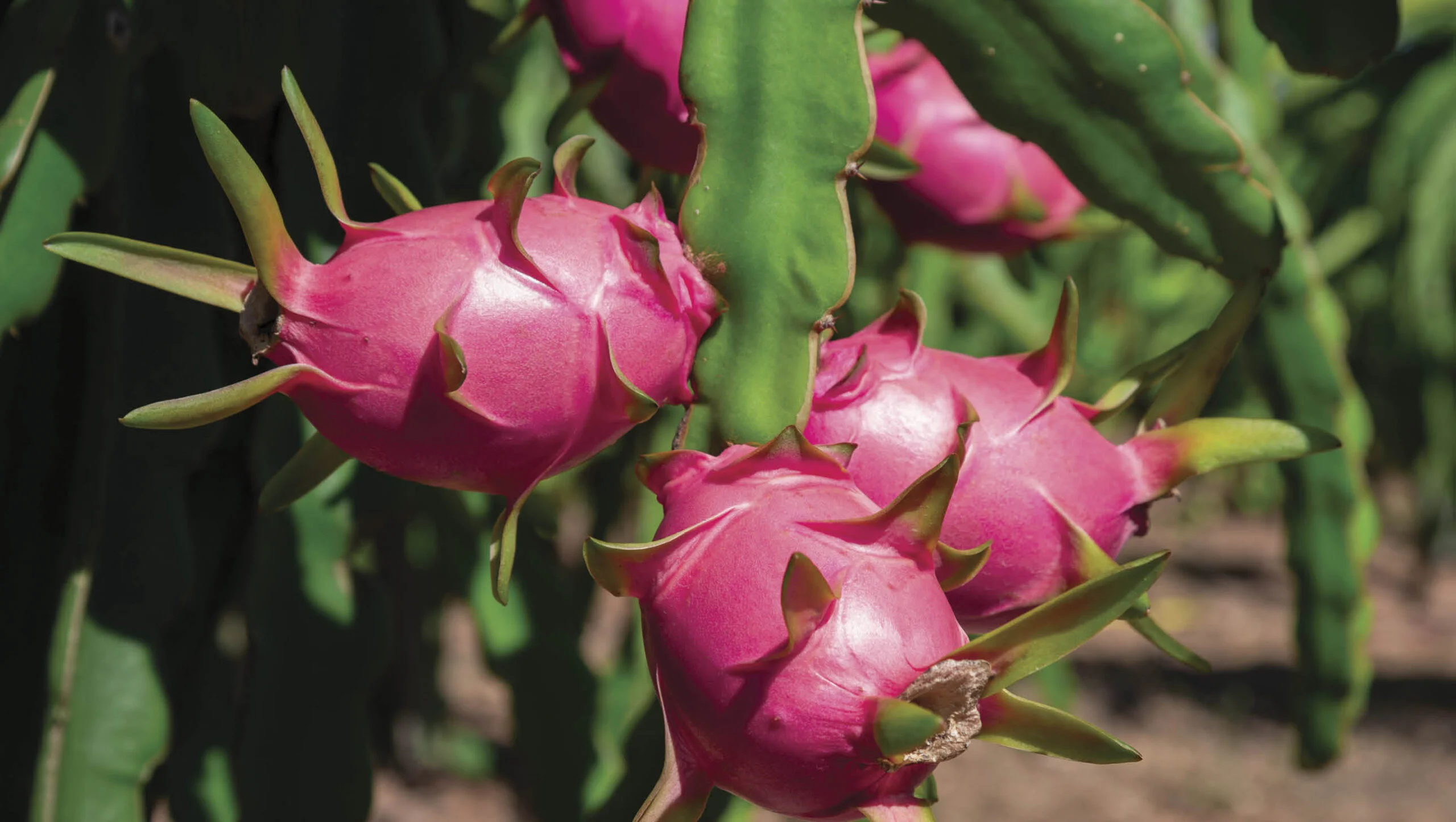
Support and training directly impact flowering and yield:
- Sunlight exposure: Properly trained vines receive uniform sunlight, promoting more flowers.
- Air circulation: Reduces fungal diseases and enhances pollination success.
- Pollination: Hand-pollination may be necessary for indoor or container-grown vines, using a soft brush to transfer pollen.
A well-trained vine with proper support ensures maximum flower formation and higher-quality fruits.
8. Common Problems and Solutions
A. Stem Breakage
- Cause: Heavy fruits, poor support, or strong winds.
- Solution: Use sturdy stakes, tie stems gently, and prune excess branches to reduce weight.
B. Overcrowding
- Cause: Uncontrolled lateral growth or insufficient support.
- Solution: Regularly prune lateral stems and train new growth along trellises or wires.
C. Poor Flowering
- Cause: Limited sunlight or nutrient imbalance.
- Solution: Adjust vine orientation for maximum light, reduce nitrogen, and increase phosphorus and potassium for flower stimulation.
D. Pests and Diseases
- Common issues: Mealybugs, aphids, stem rot.
- Solution: Inspect vines regularly, use neem oil or insecticidal soap, and maintain clean, well-aerated supports.
9. Container vs. Ground Support
Container-Grown Vines
- Use tall, sturdy stakes or vertical trellises.
- Ensure the pot is heavy and stable to prevent tipping.
- Limit the number of lateral branches to manage space efficiently.
Ground-Planted Vines
- Can utilize larger trellises, posts with horizontal wires, or A-frame structures.
- More room allows for sprawling growth and higher fruit yield.
- Easier access for pruning, fertilization, and harvesting.
Tip: Regardless of planting method, proper support and training are essential for vine health and productivity.
10. Seasonal Training and Care
- Spring/Summer: Active growth and flowering. Ensure vertical training, tie new shoots, and prune weak stems.
- Autumn: Focus on fruit development, maintain support, and monitor vine health.
- Winter (for indoor plants): Growth slows; maintain support and prune only if necessary to remove damaged stems.
11. Benefits of Proper Support and Training
- Maximized fruit yield: Well-supported vines produce more flowers and fruits.
- Reduced stem breakage: Protects the plant from damage due to heavy fruits or wind.
- Improved plant health: Proper spacing and training reduce fungal infections and pest infestations.
- Ease of harvesting: Organized vines simplify access to flowers and fruits.
- Enhanced aesthetics: Trained vines add a visually appealing, structured look to gardens or balconies.
12. Conclusion
Supporting and training dragon fruit vines is essential for maximizing yield, enhancing flower production, and maintaining plant health. By selecting sturdy support structures, pruning strategically, training vines vertically or horizontally, and providing proper nutrition and water, gardeners can cultivate strong, productive plants. Whether grown in containers or directly in the ground, well-supported vines are easier to manage, more resistant to pests and diseases, and capable of producing abundant, high-quality fruit. Proper vine training transforms dragon fruit cultivation into a rewarding, fruitful endeavor, offering both aesthetic appeal and delicious tropical harvests.
